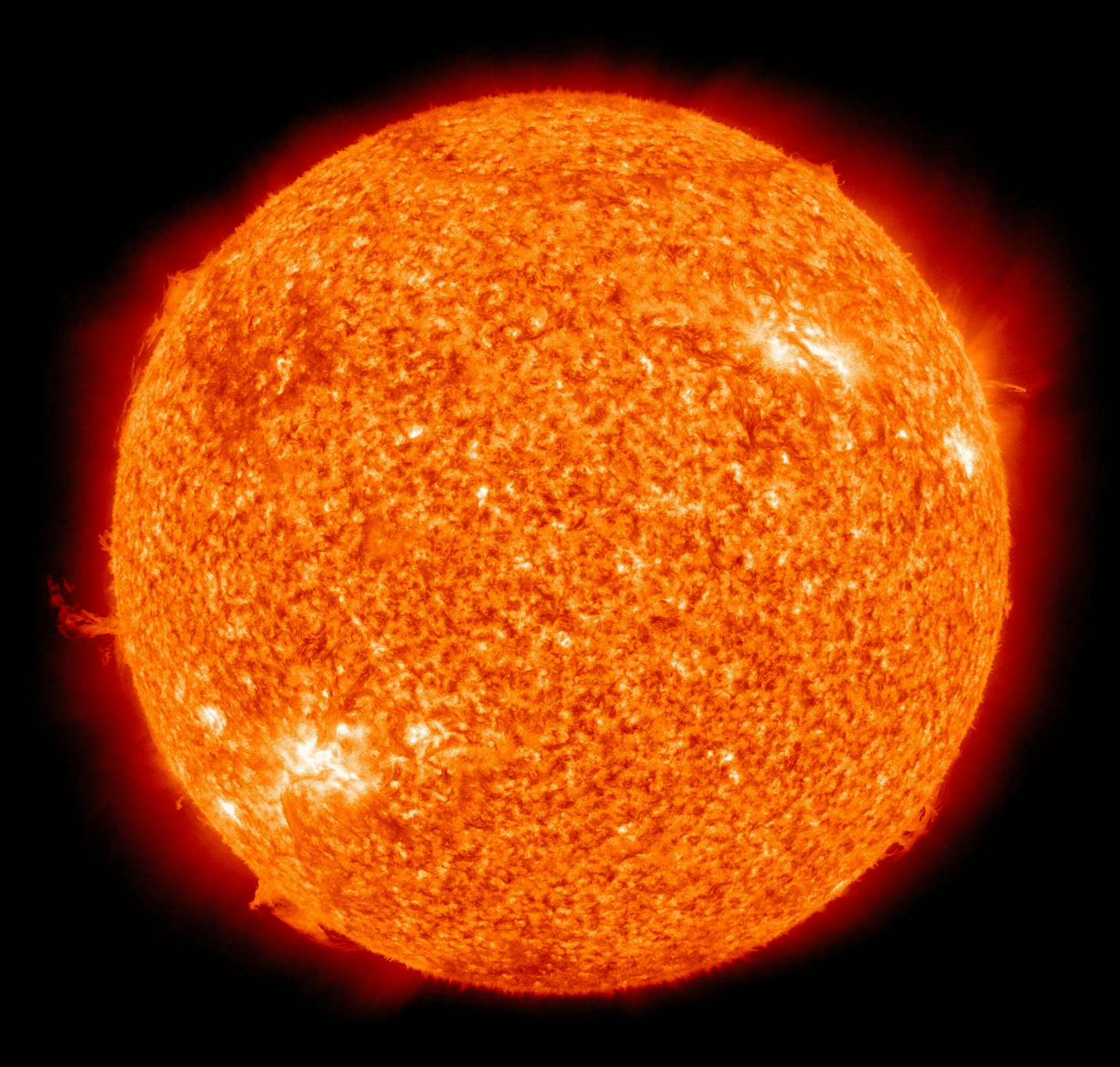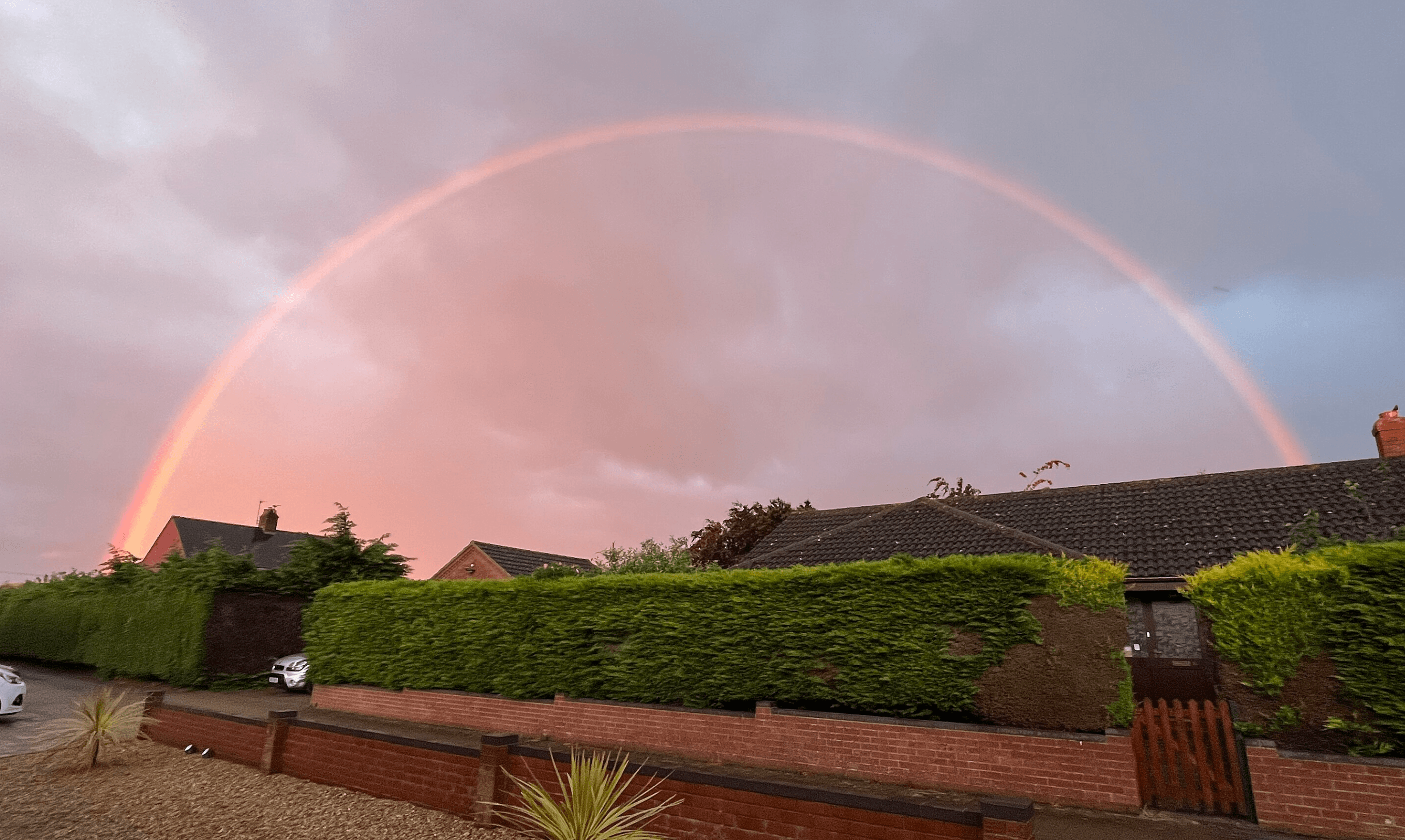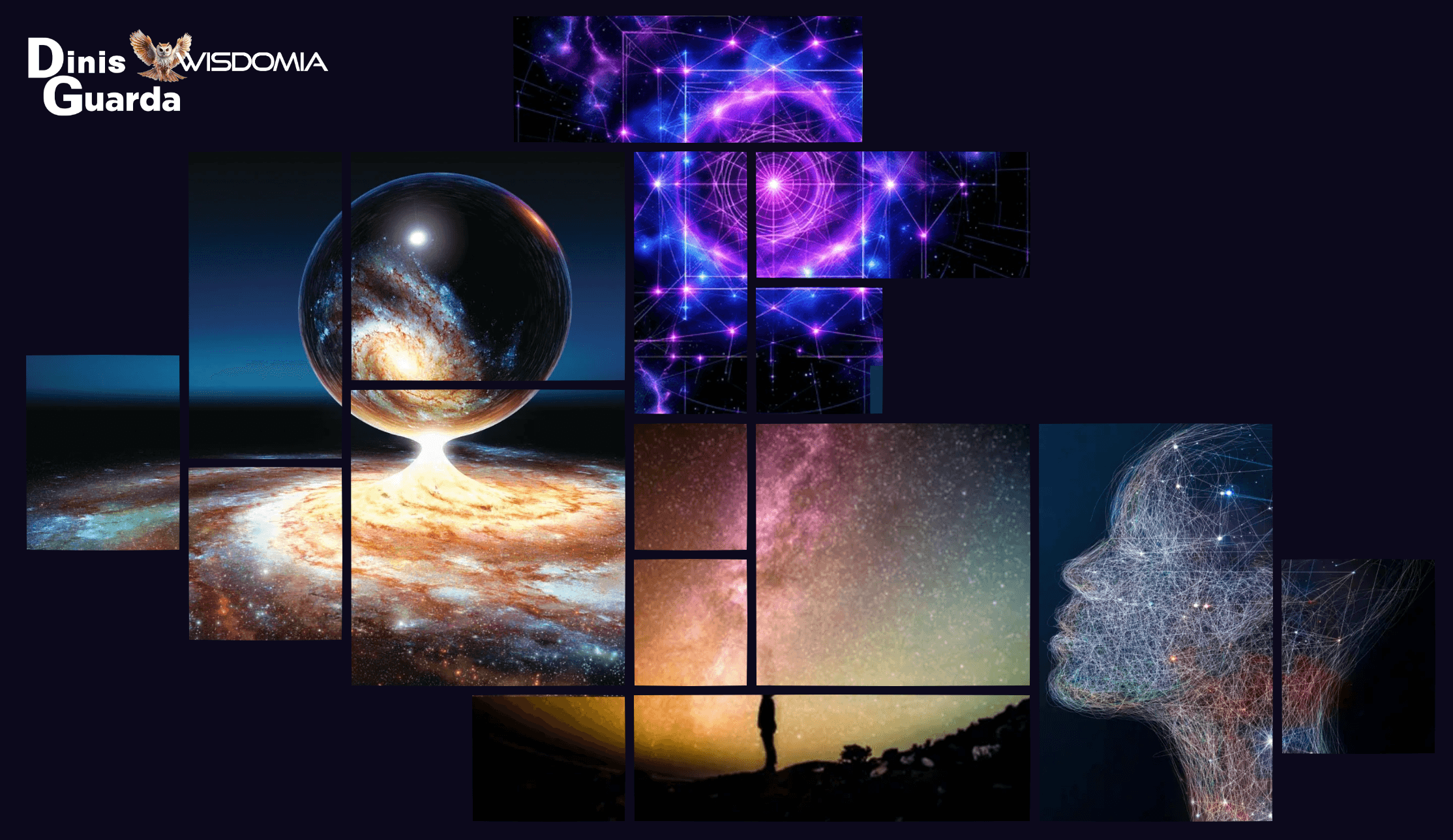Why Is the Sun Yellow? The Science Behind Our Golden Star
Hind MoutaoikiIR&D Manager
Fri Jul 11 2025

The Sun appears yellow from Earth due to atmospheric scattering, which filters out shorter blue wavelengths and leaves behind longer yellow and red ones. In reality, the Sun emits white light, containing all colors of the visible spectrum. Its color changes throughout the day based on angle, air thickness, and human perception.
Each morning, the Sun rises over the horizon, often painted in hues of yellow, gold, and orange. To many, this daily glow seems so natural that the question rarely arises: Why is the Sun yellow? Isn’t it, after all, a blazing ball of fire in space? Why do we see it in that warm color from Earth? The answer blends astronomy, physics, and atmospheric science, revealing not just facts about our nearest star, but also about how we perceive the universe around us.

The True Color of the Sun
To begin with, we need to challenge a common assumption: the Sun is not actually yellow. In space, without the filtering effects of Earth's atmosphere, the Sun appears white. It emits light across the full visible spectrum, which includes all the colors of the rainbow. When combined, this range of colors forms white light.
Scientists often describe the Sun as a "G-type main-sequence star" or G2V, with a surface temperature of approximately 5,778 Kelvin (5,505°C or 9,941°F). At this temperature, it emits a broad spectrum of light, with a slight peak in the green portion of the spectrum. Yet, we don't see a green Sun—because it's the full mixture of all colors that gives it its white hue when viewed from space.
Why Does It Look Yellow From Earth?
So if the Sun is white in space, why does it appear yellow—or even orange or red—from Earth?
The reason lies in the Earth’s atmosphere and a phenomenon known as Rayleigh scattering.

Due to Rayleigh scattering, red and orange colors are more visible during sunset because the blue and violet light has been scattered out of the direct path.
Rayleigh Scattering Explained
Sunlight, when it enters Earth’s atmosphere, encounters molecules of gas, dust particles, and water vapor. These tiny particles scatter shorter wavelengths of light more than longer ones. In the visible spectrum:
Violet and blue light have shorter wavelengths and are scattered in all directions.
Red, orange, and yellow light have longer wavelengths and pass through more directly.
As a result, much of the blue and violet light is dispersed out of the direct path between the Sun and your eyes. What remains more concentrated in the direction of the viewer is the redder and yellower components of the sunlight.
This process explains not only the yellowish hue of the Sun when viewed from Earth but also the blue color of the sky—which is essentially scattered blue light traveling in all directions.
The Changing Colors of the Sun Throughout the Day
The Sun doesn’t always appear yellow. It can seem white at noon, golden at morning, and deep red or orange at sunset. Why does it change color throughout the day?
It’s again due to the angle of sunlight and how much atmosphere the light has to travel through.
At sunrise and sunset, sunlight enters the atmosphere at a much lower angle, meaning it must pass through a greater thickness of air.
This longer path causes even more scattering of the shorter wavelengths.
As a result, most of the blue and green light is scattered away, leaving the red, orange, and yellow hues to dominate the sky and the Sun’s appearance.
At noon, the Sun is directly overhead, and its light travels through the shortest atmospheric distance. The scattering effect is minimal, so more of the original white light reaches us, making the Sun appear whiter and brighter.

The Role of Human Vision
Another part of the story has to do with how our eyes perceive color. The human visual system is more sensitive to yellow and green light—wavelengths in the middle of the visible spectrum. This sensitivity may slightly enhance the yellow appearance of the Sun, especially when it's filtered through atmospheric particles.
Moreover, during daylight, our brains adjust to the overall color temperature of ambient light. So even when the Sun emits white light, the surrounding blue of the sky and environmental conditions can cause a contrast effect, subtly tinting the Sun with a yellowish hue.
When the Sun Isn’t Yellow: Strange Atmospheric Events
Although we usually associate the Sun with yellow, there are times when it appears more red, pink, or even pale white, depending on atmospheric conditions.
Volcanic Eruptions and Wildfires
These events can inject aerosols and particulates into the atmosphere, altering how sunlight is scattered and filtered.
During such events, sunsets and sunrises may become more vividly red or orange, and the Sun itself may appear dimmer and redder even during the day.
Pollution and Dust
Heavy pollution can lead to a murky, dull yellow or orange appearance of the Sun.
Dust storms, especially in desert regions, can scatter light and cause unusual Sun colors.
Sun Color in Space Exploration and Photography
Astronauts aboard the International Space Station often report seeing a bright white Sun when looking out into space. This direct view of the unfiltered sunlight confirms that its true color is white, not yellow.
Similarly, space telescopes and observatories often capture multi-wavelength images of the Sun using filters that highlight different layers and elements (like ultraviolet or X-rays). These images may be colored artificially to visualize data, but they remind us that what we see with human eyes is only part of the story.
Why We Call It a Yellow Star
Astronomically, the Sun is sometimes casually referred to as a yellow dwarf star—a term used more for classification than exact color. It falls between hotter blue-white stars and cooler red stars. While this label is useful for categorization, it can be misleading, as we now know the Sun is white in space and only appears yellow due to Earth’s atmosphere and perception.
A Golden Illusion
The Sun's golden color is, in many ways, a gift of Earth’s atmosphere and human perception. What we see as yellow light is the filtered, scattered remnant of the Sun’s white brilliance. The very atmosphere that makes life possible on Earth also gives us the poetic illusion of a yellow sun—warming our days not just with light and heat, but with beauty and meaning.
So the next time you look at the Sun (safely, of course!), remember: you’re witnessing both a physical phenomenon and a perceptual miracle. The yellow hue is not just light—it’s light filtered through billions of years of planetary evolution, colored by the air, the angle, and your eyes.
previous
The Psychology Behind Four-Colour Game Pieces and Player Engagement
next
Who Were the Normans? The Fierce Descendants of Vikings Who Shaped Europe Today
Share this
Hind MoutaoikiI
R&D Manager
Hind is a Data Scientist and Computer Science graduate with a passion for research, development, and interdisciplinary exploration. She publishes on diverse subjects including philosophy, fine arts, mental health, and emerging technologies. Her work bridges data-driven insights with humanistic inquiry, illuminating the evolving relationships between art, culture, science, and innovation.
More Articles

When Vision Becomes Destiny: The First 25 Images That Shaped Human Consciousness

What a Small Indian Village Teaches the World About Sustainability

Community as Classroom: When the Village Teaches : Redefining Where Learning Happens

Each Being Is Humanity: The Cosmic Responsibility of Conscious Participation

When Ancient Wisdom Met Quantum Physics: The Philosophical Synthesis





